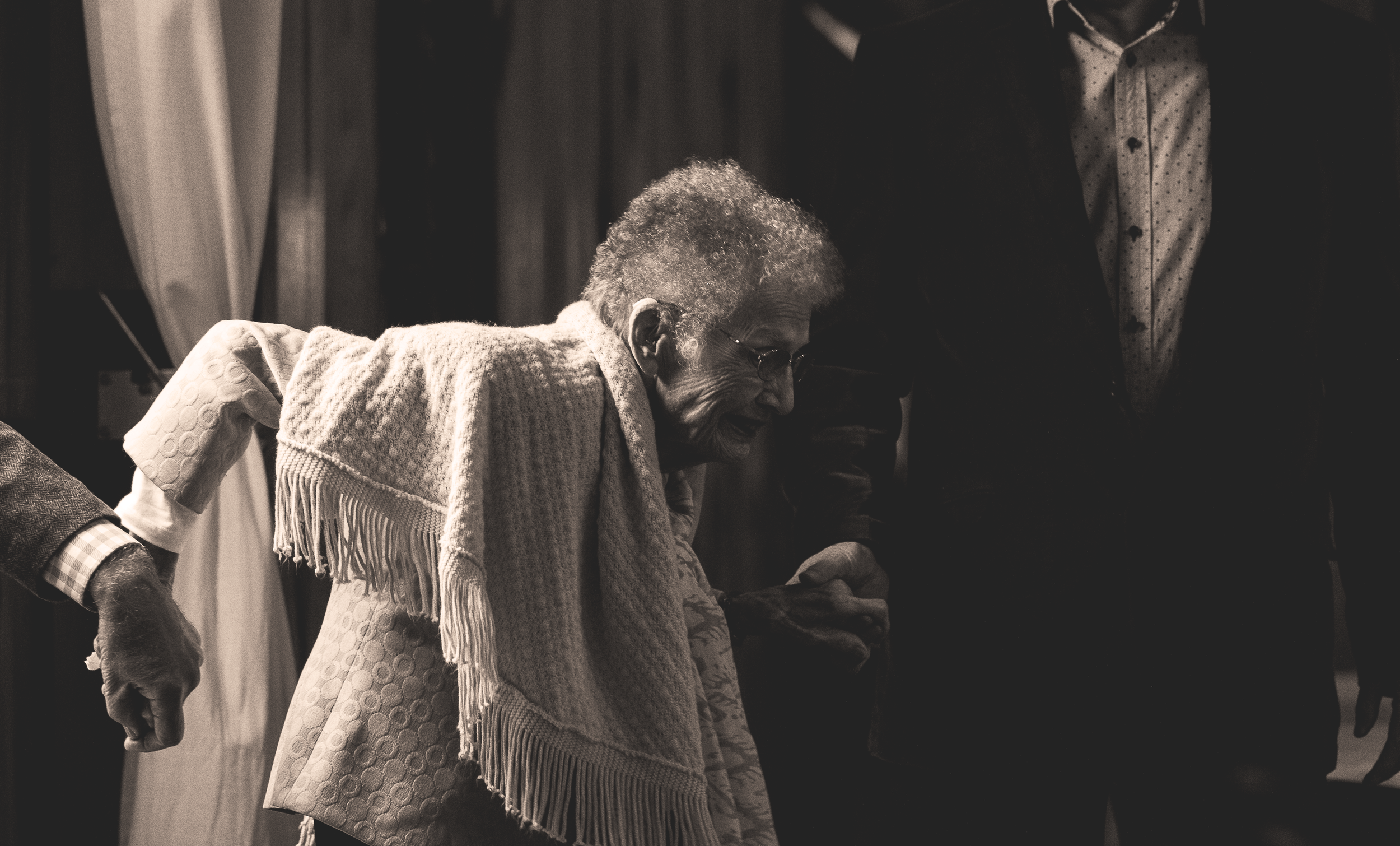Skill vs Non-skill care
Understanding the Difference and Who Pays What
As our loved ones age or face health challenges, it’s important to understand
the difference between types of available care and how to finance them.
Two categories of care are
skilled care and non-skilled (or custodial) care.
Knowing the difference between the two helps you navigate and advocate for your loved-one.
Skilled Care: Expertise in Action
What is Skilled Care?
Skilled care refers to nursing, therapy or medical care that requires the expertise of licensed health professionals. This type of care is typically needed for serious health conditions that require a higher level of medical oversight. Skilled care includes:
- Nursing Care: Administered by registered nurses (RNs) or licensed practical nurses (LPNs), this includes wound care, injections, IV therapy, monitoring vital signs…
- Physical Therapy: Rehabilitation services provided by physical therapists to help patients recover mobility and function.
- Occupational Therapy: Helps patients regain the ability to perform daily activities through targeted exercises and adaptive techniques.
- Speech Therapy: Assists individuals with speech, language, and swallowing disorders.
- Medical Social Services: Support and counseling provided by social workers to help patients cope with their conditions and connect with community resources. Usually needs to accompany a skill ^
Who Pays for Skilled Care?*
- Medicare: Medicare Part A covers skilled care in a hospital or skilled nursing facility for a limited time, usually up to 100 days, provided the patient meets specific criteria. Part B may cover outpatient services, including physical and occupational therapy.
- Medicaid: For those who qualify based on income, Medicaid covers skilled care services both in nursing homes and at home.
- Private Insurance: Many private health insurance plans offer coverage for skilled care, but the extent and specifics vary widely.
- Long-Term Care Insurance: Policies often include coverage for skilled care services.
Non-Skilled Care: Daily Support and Comfort
What is Non-Skilled Care?
Non-skilled care, also known as custodial care, focuses on helping individuals with daily activities and personal needs rather than medical treatment. This type of care is provided by caregivers or aides who are not licensed health professionals. Non-skilled care includes:
- Assistance with Activities of Daily Living (ADLs): Helping with bathing, dressing, eating, toileting, and mobility.
- Companionship: Providing social interaction and emotional support.
- Housekeeping: Light cleaning, laundry, and meal preparation.
- Transportation: Assistance with getting to and from medical appointments and running errands.
Who Pays for Non-Skilled Care?*
- Out-of-Pocket: Many families pay for non-skilled care services directly out of pocket. This can be a significant financial burden, especially for long-term needs.
- Medicaid: For eligible individuals, Medicaid may cover some custodial care services, particularly through home and community-based services (HCBS) waivers.
- Long-Term Care Insurance: These policies typically cover non-skilled care services, whether provided at home, in assisted living facilities, or nursing homes.
- Veterans Benefits: The Department of Veterans Affairs (VA) offers various programs that may cover custodial care for eligible veterans.
Making Informed Decisions
You now see how understanding the differences between skilled and non-skilled care helps plan their care.
Here are a few steps to guide you through the process:
1. Assess Needs: Determine whether your loved one requires medical services that qualify as skilled care or if they need assistance with daily living activities that fall under non-skilled care.
2. Explore Coverage: Review existing insurance policies, including Medicare, Medicaid, private health insurance, and long-term care insurance, to understand what services are covered and for how long.
3. Consider Financial Planning: If out-of-pocket expenses are necessary, consider consulting with a financial planner to manage costs effectively.
4. Utilize Community Resources: Look into local and national resources that may provide additional support, such as non-profit organizations, support groups, and government programs.
Important Considerations
Remember, clarify with the insurance company or payor what services are covered, because in the end, they authorize payment.
Your doctor’s input is needed but it is not the only determinant if the insurance company will pay. The insurance company holds the “purse strings”.


